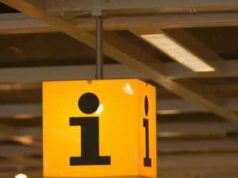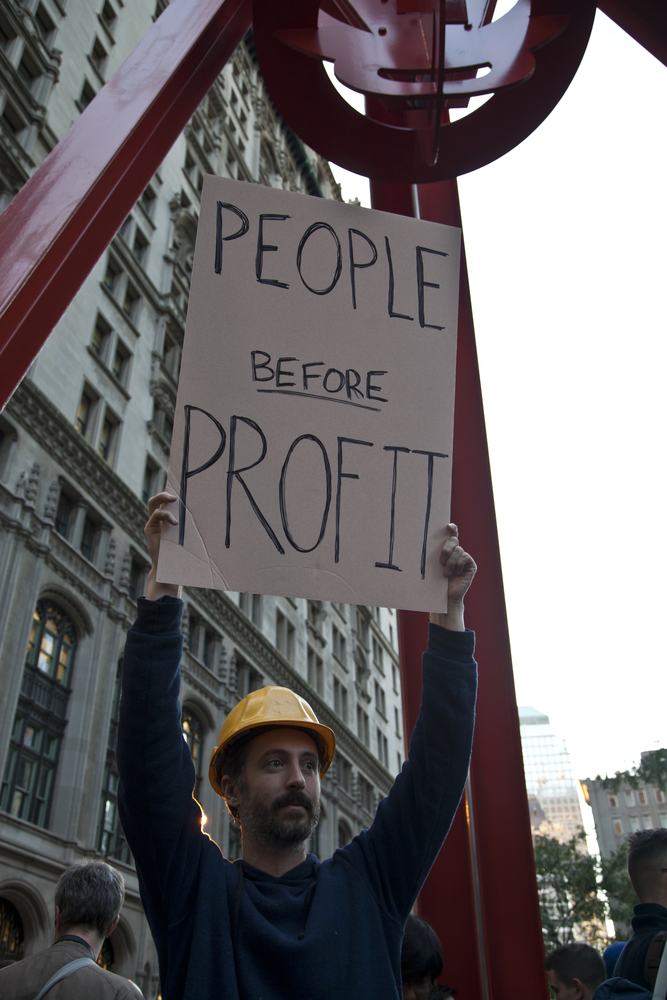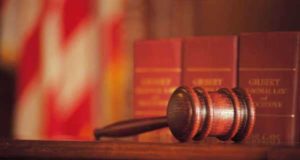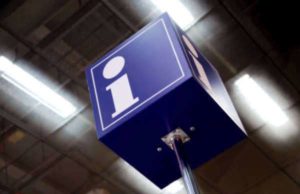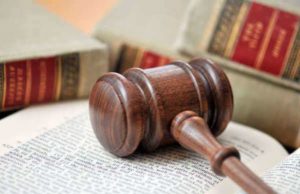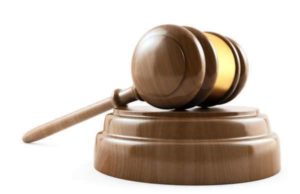
Nonuse of Trademarks
A company wishing to trademark its business logo at the United States Patent and Trademark Office is required to fill out one of two forms. The form required will depend on whether or not the trademarked logo is currently being used for business operations. If it is, a normal application will be filed. If it is not, but is intended for use in the future, the company must fill out an intent-to-use form.
After doing so, the company has six months to show a certified document proving that the logo is being used in business practices, such as advertising or product packaging. If it fails to use the trademark, this will qualify as nonuse, and the trademark may become void. In other cases, a trademark may be unregistered in the U.S. Patent and Trademark Office if a company’s trademark is no longer used in its business practices.
Trademark Genericide
A company works hard to build up the popularity of its trademarks through advertising practices and product packaging. However, a popular trademark has the potential of backfiring on the company if the trademark becomes the generic description or synonymous with a general name for a certain product or service.
This is a process known as genericide and when the public begins to refer to general products or services using a trademarked name, the company may be in danger of losing that trademark. There are corrective measures that a company can perform to help prevent this from happening.
Examples of genericide include Aspirin, originally a trademark of Bayer AG and Escalator, originally a trademark of Otis Elevator Company. Both of these companies have lost their trademark protection in the United States because the general population began to refer to the general product name by the trademarked name.
Since the trademark name becomes public domain, the original manufacturer of the product may still continue to use the trademark, though it is no longer protected from other companies using it as well.
Some companies such as Johnson & Johnson started to perform corrective measures to prevent their trademark from being lost through genericide. Their Band-Aid brand began to appear in everyday speech when referring to bandage strips used to treat cuts. To combat this, Johnson & Johnson changed its commercial jingle to include the phrase “Band-Aid brand” instead of just “Band-Aid”.
Confusingly Similar Marks:
Marks that bear a similar likeness to established trademarks cannot be protected under U.S. intellectual law. If the U.S. Patent and Trademark Office believes that two alike trademarks may cause customer confusion, the infringing trademark will not be granted protection.
Customer confusion is defined as:
A customer may buy a product other than the one intended, or;
Has a reason to believe that one company’s products are sponsored by another company.
While the guidelines for determining the likelihood of customer confusion can be unclear, the U.S. Patent and Trademark Office (USPTO) has certain guidelines which companies follow when submitting trademarks for protection. First, companies that offer different goods are in different classes.
If two similar trademarks are in two different classes, the USPTO will not consider these trademarks as being in conflict with each other. They are confusingly similar, however, if they are sold in the same marketing channels with each other. This means that if they are sold in the same department store, they may be considered confusing to a consumer.
Ways to tell if marks are too similar physically:
If they sound or look alike;
If they have the same meaning;
If they mean the same thing in a different language;
If a picture holds the same meaning as another trademark’s text?
In addition, trademarks may cause customer confusion if:
The goods are competitive;
If the goods are complimentary to each other;

